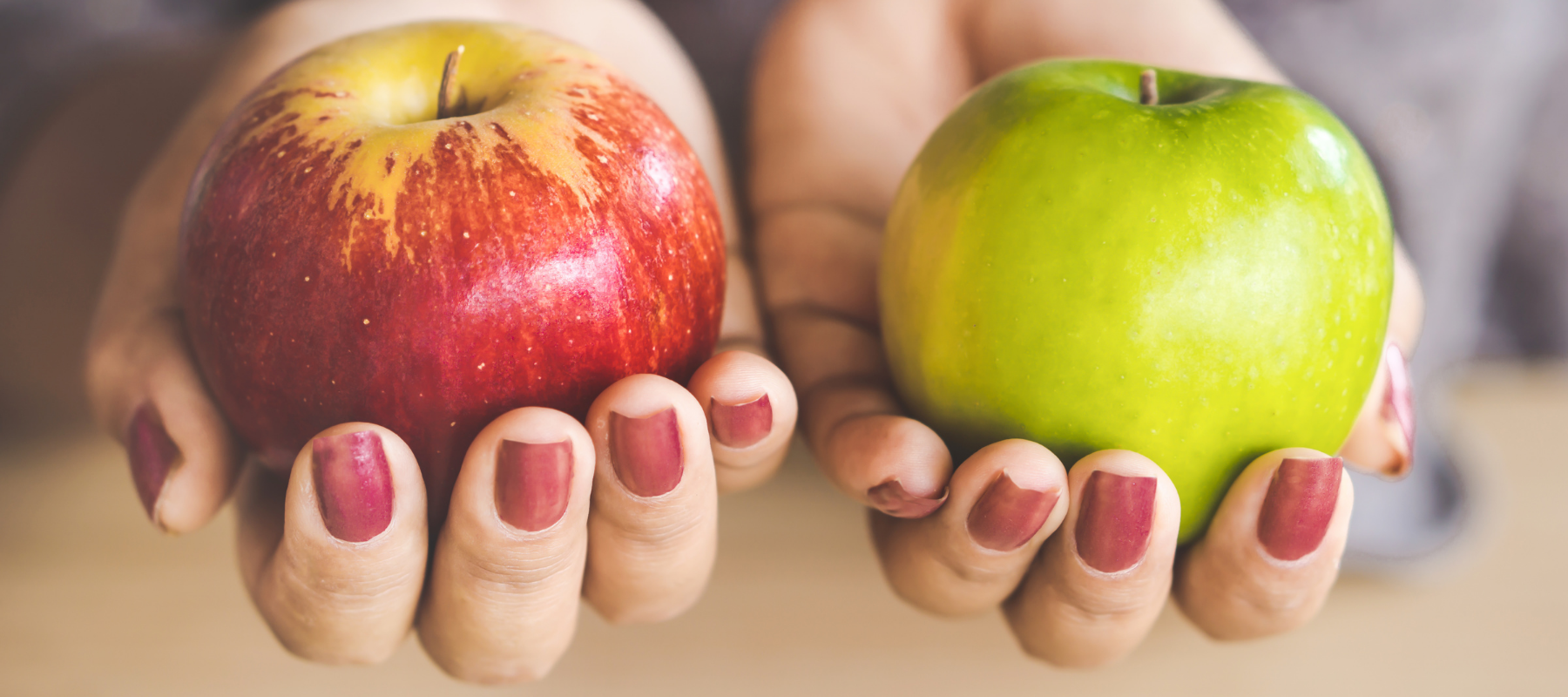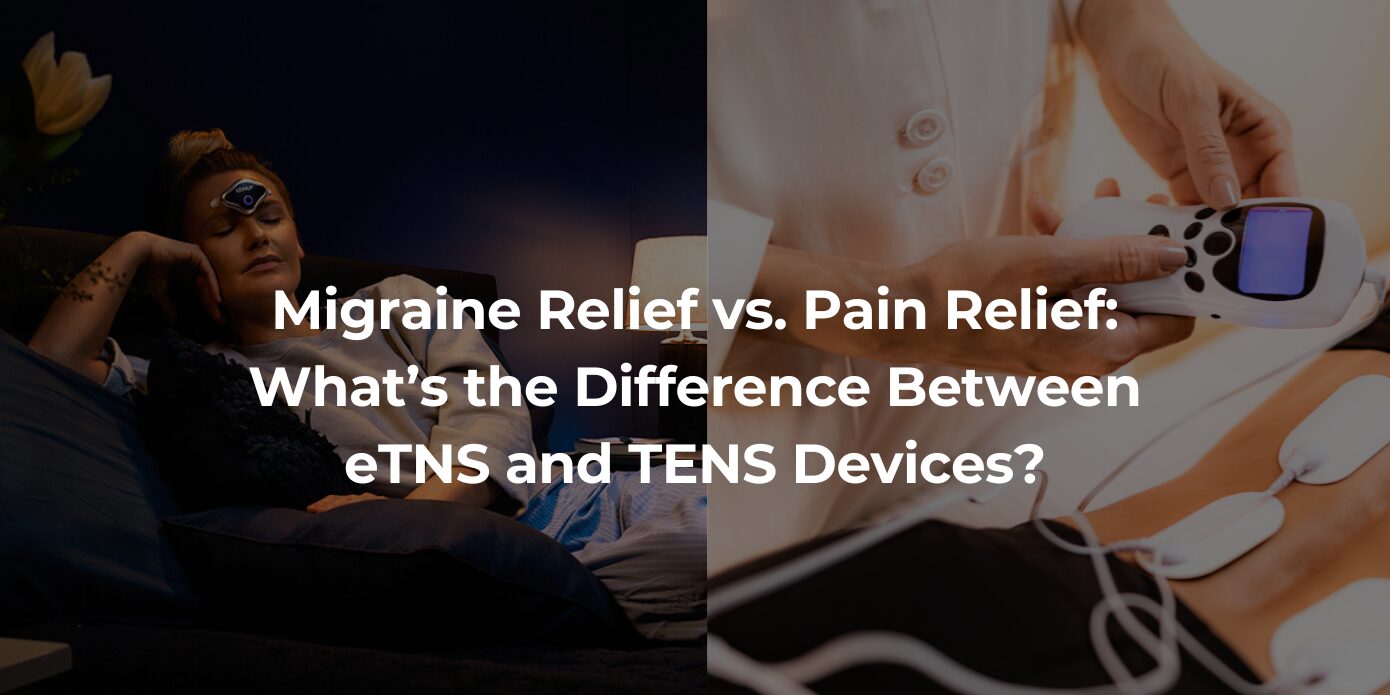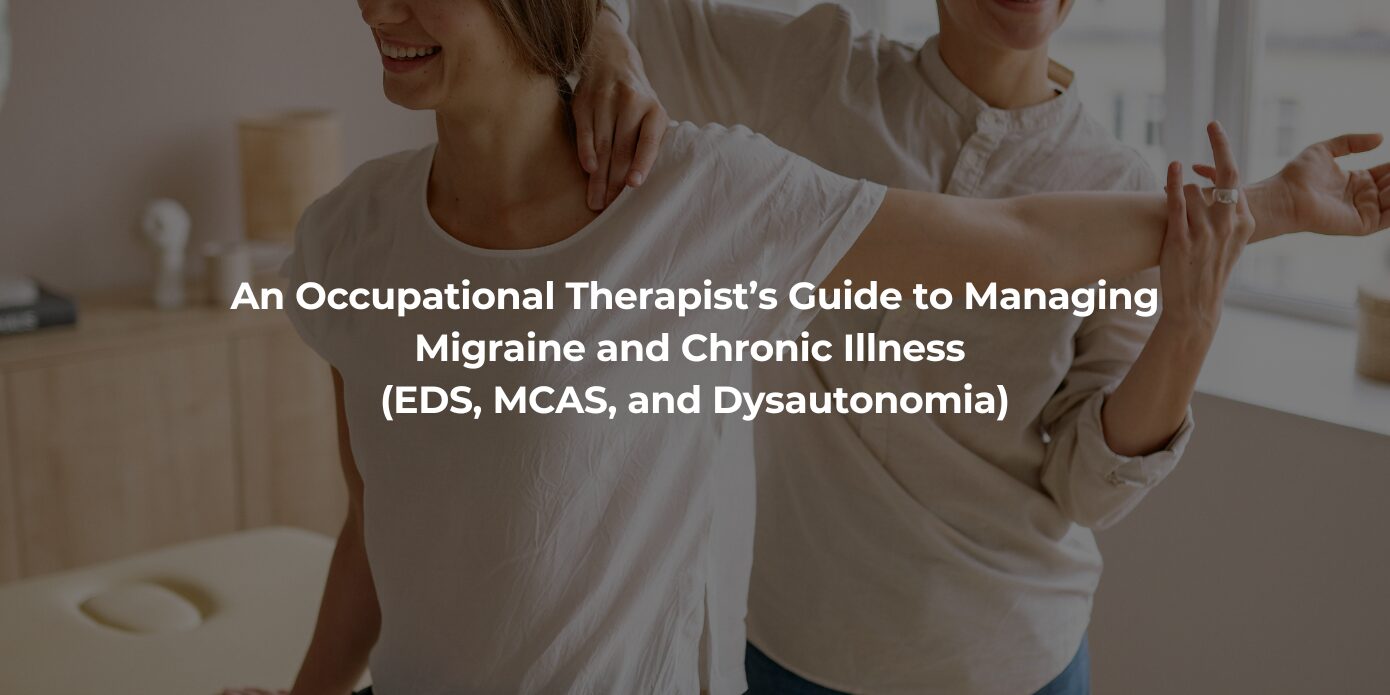Sometimes, smelling your coworker’s strong perfume triggers a migraine attack. Other times, it just gets on your nerves.
Sometimes, you can enjoy a glass of red wine and feel fine the next day. Other times, you wake up with a horrendous migraine headache.
Why do certain sensations only trigger a migraine attack some of the time? Why is migraine so unpredictable?
The answer may lie in migraine threshold theory.
Migraine threshold explained
People with migraine have extra-sensitive nervous systems. Sensory input — like loud sounds, bright lights, or intense stress — can overwhelm the brain, causing a surge in electrical activity. This electrical storm in the brain results in the release of chemicals that narrow blood vessels and cause a pain sensation in the nerves.
Migraine threshold theory states that a person with migraine typically has a threshold: a level of tolerance for migraine triggers that, when exceeded, results in a migraine attack. One trigger alone may not be enough, but multiple triggers in sequence can overwhelm the nervous system.

Applying migraine threshold theory to migraine prevention
If you look at this model, there are two ways to reduce the chances of a migraine attack:
- Avoid your migraine triggers
- Raise your migraine threshold
So how do you do that? First, let’s look at triggers. Some of the most common triggers for migraine are stress (including the “letdown” after an intense period of stress), hormones (especially estrogen in women), food triggers, skipping meals, alcohol, caffeine, sleep deprivation (or irregular sleep schedules), changes in the weather, environmental triggers (like loud noises or strong smells), and dehydration.
Triggers vary from person to person. If you’re not sure what yours are, try keeping a migraine trigger diary. Recording the time of attack onset, your symptoms, and what preceded the attack can give you a detailed picture of your migraine patterns over time. The CeCe Migraine Management app makes it easy to track migraine triggers on your phone.
Some migraine triggers are things totally out of your control — like the weather, for instance. Others, like problematic foods, can be eliminated by following a migraine-friendly diet. Still other triggers, such as stress, are impossible to avoid entirely… but you can improve how you deal with them. That’s where raising your migraine threshold can help.
Get Drug-Free Migraine Relief With CEFALY
Shop Now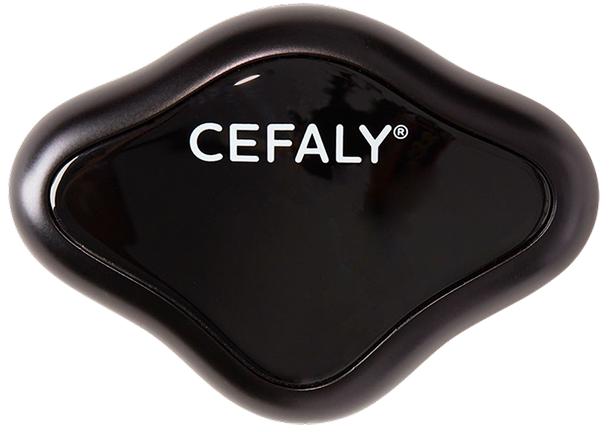
90-day money back guarantee
FDA-cleared
financing available
How to raise your migraine trigger threshold
While triggers tend to be one-time occurrences, your migraine threshold is your default state of resilience. When your threshold is lower, you’re more sensitive to triggers and more prone to migraine attacks. A higher threshold makes you better able to withstand triggers.
The best way to raise your migraine threshold is by adopting and practicing consistent migraine prevention habits. These include:
- Getting enough sleep
- Going to bed and waking up at the same time every day (even on weekends)
- Eating healthy, food-trigger-free meals on a regular schedule
- Avoiding alcohol and caffeine, if these are a problem for you
- Staying well hydrated
- Exercising regularly
- Having a stress-relief practice, such as meditation
- Using your CEFALY PREVENT treatment daily
The key words are regular and consistent. The migraine brain hates change! The more you can stick to a routine that supports your overall health, the better you’ll be able to tolerate the migraine triggers that come your way.
Learn How CEFALY Prevents & Relieves Migraine Pain
How CEFALY can help raise your migraine threshold
The PREVENT treatment mode uses a lower-frequency stimulation to gradually desensitize the trigeminal nerve. This process takes time! Just as you need more than two or three workouts to build muscles, it takes more than just a few weeks using CEFALY to change the behavior of the trigeminal nerve.
For the best results, you should use the 20-minute PREVENT treatment every day. Some CEFALY users see a difference (less frequent migraine attacks/fewer migraine days) within 6-8 weeks. But three months is the recommended length of time to achieve results. In one study, CEFALY users saw an average 30% reduction in migraine days after 3 months of using the PREVENT treatment mode.
If you see even a modest improvement with the device after three months, that indicates you’re responding to neurostimulation. Keep using CEFALY and your migraine symptoms should improve.
Aim for progress, not perfection
Even if you’re super-vigilant about practicing your migraine prevention habits to raise your trigger threshold, you’re not going to be able to prevent every migraine attack. And it’s OK not to adhere to a perfect prevention routine all the time!
“Everyone is going to go out of their routine and it is going to result in maybe an unfavorable effect, but it’s OK. That’s life and we still have to live life,” Dr. Lauren R. Natbony, MD, FAHS, said at the 2023 World Migraine Summit. “The goal is to get you to live, not to stop living, because life is great, right? We want to get you back to it.”
Dr. Natbony, who is the founder and medical director of Integrative Headache Medicine Of New York, recommends measuring your progress and checking in with your doctor frequently. She asks her own patients to keep a log of their migraine prevention habits, so together they can track each baby step toward a goal.
“I just want people to be able to forgive themselves and say, ‘It’s tough, I’m doing the best that I can,’” Dr. Natbony says, “and try to find someone to work with you to make those changes, because they can happen.”

